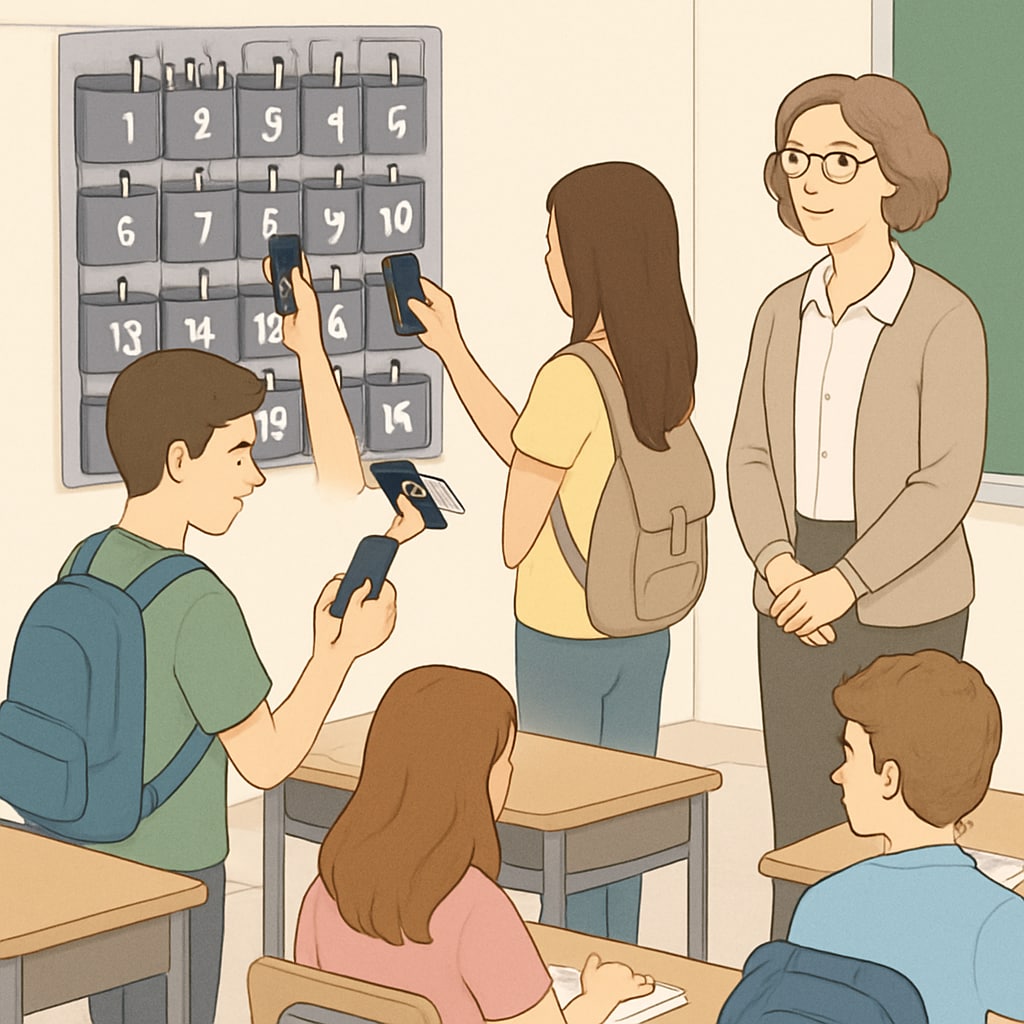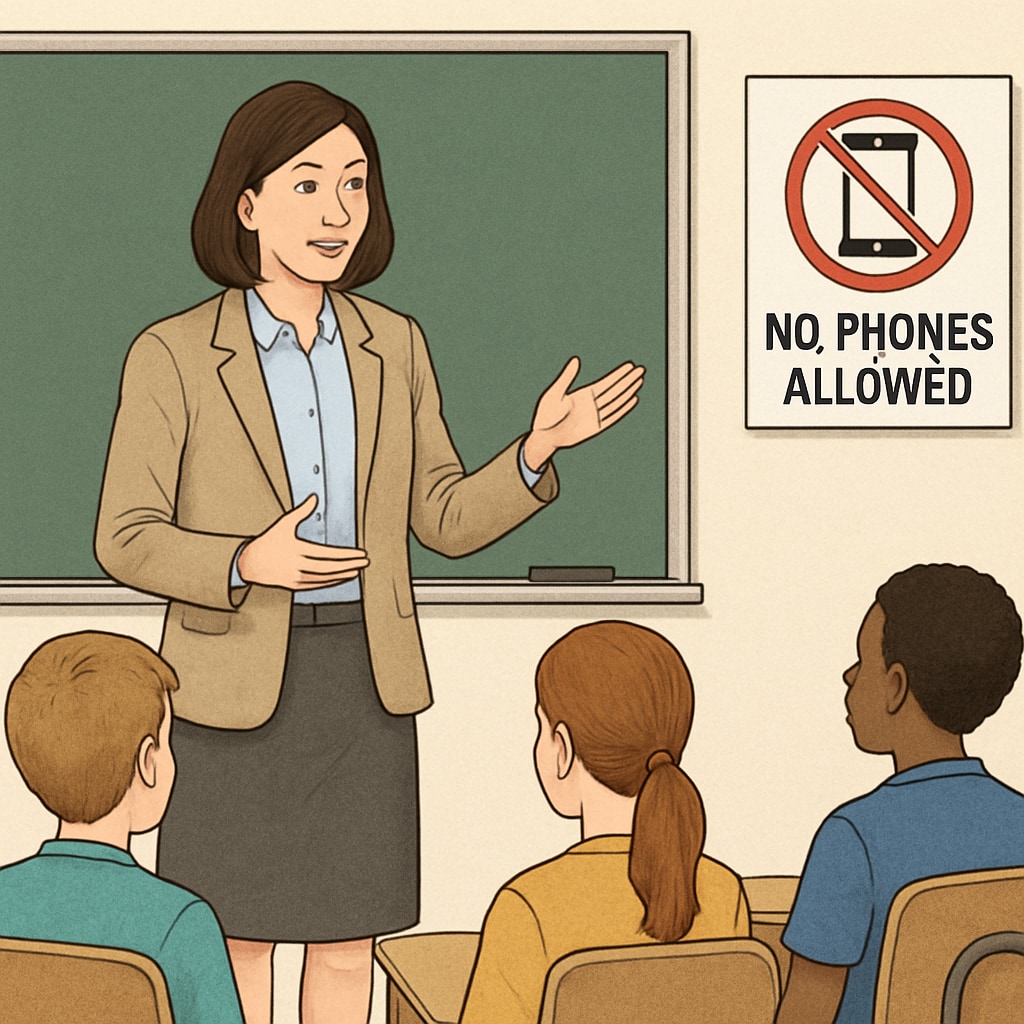The introduction of phone bans in American schools has ignited widespread discussion. These policies, aimed at reducing distractions and improving focus, have highlighted the contrasting approaches between public and private schools. By diving into the perspectives of students, parents, and educators, this article sheds light on the broader implications of digital device management in educational settings.
Public vs Private School Policies on Phone Bans
Public schools across the U.S. have increasingly adopted strict phone bans in response to concerns about the negative impact of smartphones on learning. These policies often prohibit phone use during school hours, with some schools even requiring students to lock their devices in secure pouches. In contrast, private schools have shown more flexibility, with many opting for guidelines rather than outright bans. This disparity stems from the differences in governance, funding, and parental expectations between the two systems.
While public schools often cite state or district-wide mandates to justify these bans, private schools prioritize individualized approaches tailored to their specific communities. For example, some private institutions encourage “responsible usage” by integrating smartphones into lessons for research or collaboration. This nuanced approach underscores the growing divide in how technology is perceived and utilized in education.

Reactions from Students, Parents, and Educators
Phone bans have elicited a range of reactions from key stakeholders. For students, these policies are often met with resistance. Many argue that smartphones are essential tools for communication, especially in emergencies. Others believe that outright bans fail to teach responsible digital habits, which are crucial in today’s connected world. However, some students report feeling less anxious and more focused in phone-free environments, suggesting that the benefits may outweigh the drawbacks for certain individuals.
Parents are similarly divided. Supporters of phone bans often highlight the importance of minimizing distractions and promoting face-to-face interactions. On the other hand, critics argue that such policies infringe on their ability to stay connected with their children during the day. Additionally, some parents express concerns about equity, as not all families have access to alternative communication devices like smartwatches.
Educators, who are at the forefront of enforcing these bans, have their own perspectives. Many teachers appreciate the reduction in classroom disruptions, noting improvements in student engagement and participation. However, others worry about the additional burden of monitoring compliance and addressing conflicts arising from confiscated devices. Furthermore, some educators advocate for a balanced approach, emphasizing the need to prepare students for a technology-driven future.

Balancing Technology and Education: What’s Next?
The debate over phone bans highlights the larger challenge of integrating technology into education responsibly. While public schools may continue to enforce stringent policies, private schools could lead the way in developing innovative solutions that balance discipline with digital literacy. For example, programs that teach students about online etiquette, time management, and the risks of overuse may prove more effective in the long run than outright prohibitions.
Additionally, advancements in educational technology could offer new opportunities to bridge this divide. Tools like classroom management apps and filtered internet access can allow students to leverage smartphones for learning while mitigating potential distractions. Policymakers and educators must collaborate to create frameworks that address the diverse needs of their communities, ensuring that all students are prepared for an increasingly digital world.
In conclusion, the implementation of phone bans in schools reflects the ongoing tension between tradition and innovation in education. By understanding the perspectives of students, parents, and educators, stakeholders can work together to develop policies that strike the right balance between fostering focus and embracing technology.
Readability guidance: This article uses short paragraphs and transitions to improve flow. It balances perspectives from various stakeholders and provides actionable insights for educators and policymakers. Lists are avoided to maintain a narrative structure, but key points are highlighted for clarity.


